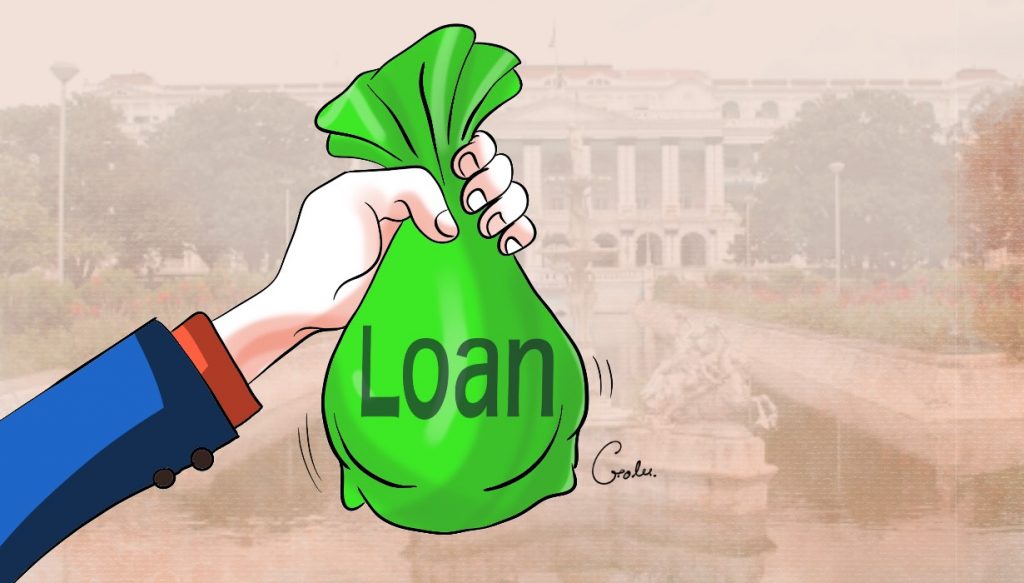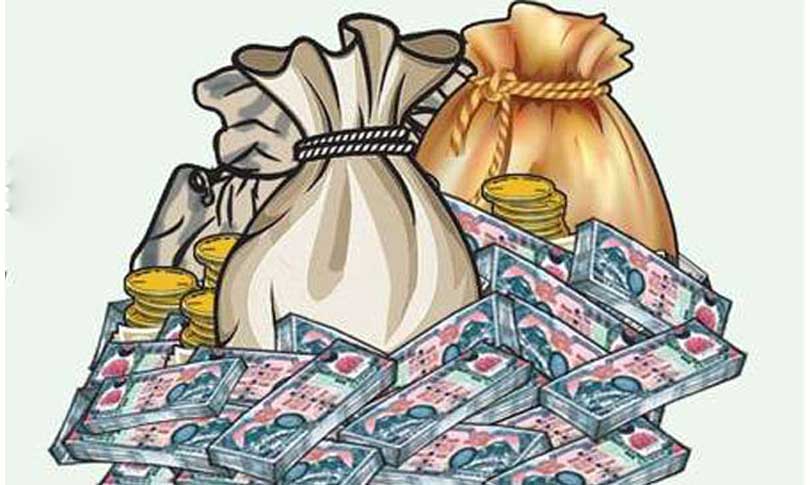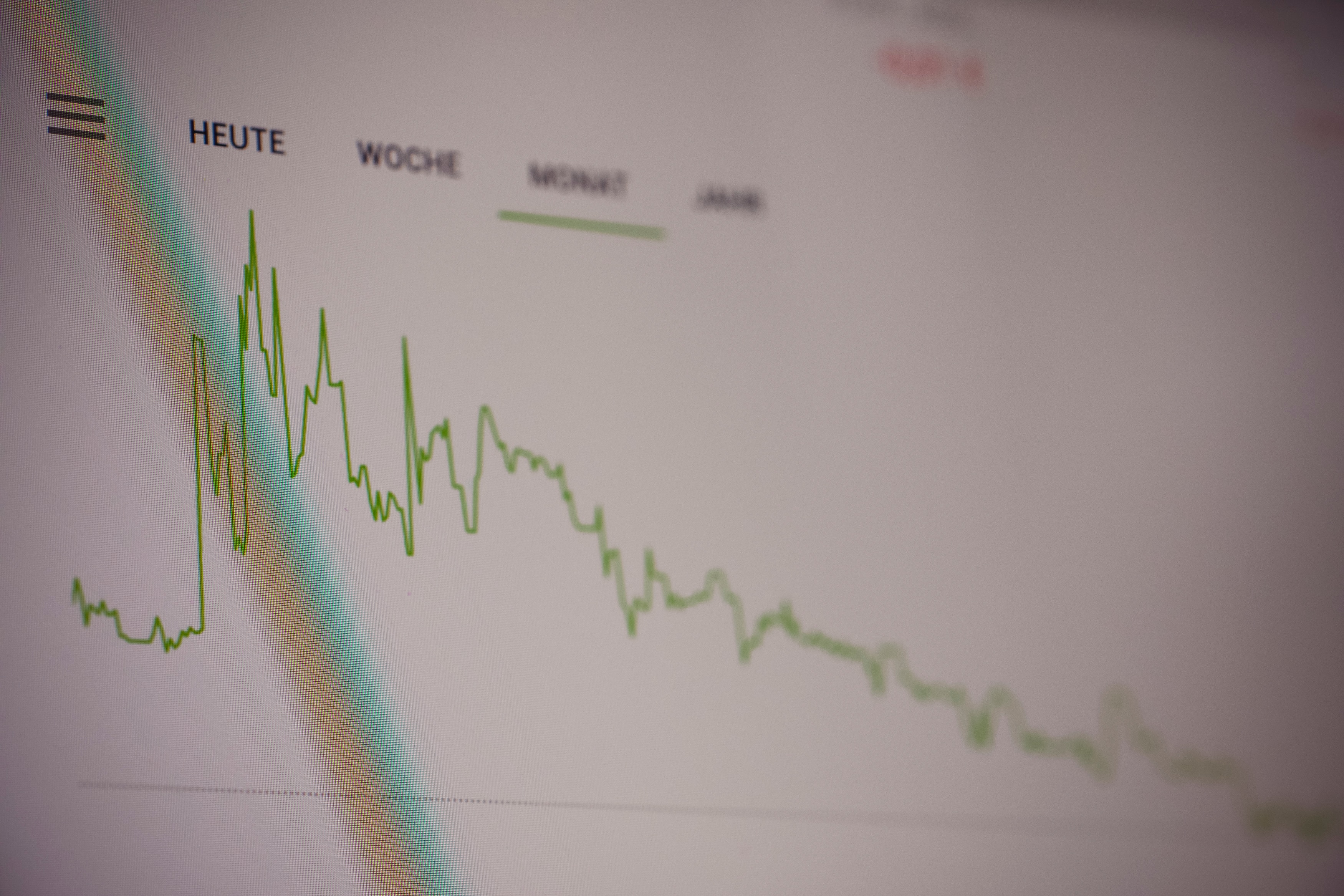
In recent times, Nepal has witnessed enhancement in its external and monetary indicators, marking a significant turnaround in its economic landscape. A notable improvement is found in the current account and balance of payment, as the rising inflow of remittance paired with strengthened gross foreign reserves have resulted in a strong external sector of Nepal.
As of mid-December 2023, the gross foreign exchange reserve was USD 13.3 billion, which was a 36.7 per cent increase from that of the same period in 2022. The balance of payment has also seen a surplus of 210.6 billion rupees along with the remittance being Rs 613.25 billion.
The weighted averages of interest rates, encompassing the interbank rate, deposit rate and lending rate of commercial banks have all seen a decline; but the concerning thing is – people just are not taking out loans like they used to.
Sluggish economic growth

The previous fiscal year had seen the harrowing foreign exchange and balance of payment crisis, as the demand increased with the subsiding pandemic situation. This drove up imports in unprecedented ways and foreign exchange reserves plummeted to USD 9.75 billion.
The Government of Nepal was compelled to impose a ban on the import of luxury items to slow down the depleting reserves. In addition to the imports, the workers’ remittance had also seen a decline as many Nepali workers abroad faced unemployment during the pandemic.
This exacerbated the problem. Presently, the external sector, though not entirely in the clear, exhibits marked improvement over the preceding year. The exports and imports for the five months of the fiscal year shrunk by 6.1 and 3.4 per cent respectively, which resulted in a subtle 3.1 per cent decline in the trade deficits.
Nepal imported goods worth Rs 642.209 billion which was 23 per cent less than that of the same period in fiscal year 2021/22 which stood at an import volume of Rs 838.4 billion. The current account, which was previously at a historic high deficit of 12.8 per cent of the GDP- amounting to Rs 41.2 billion- has also seen a surplus of Rs 140.2 billion in the current fiscal period.
Similarly, in the monetary sector, Nepal experiences a significant liquidity surplus. The reserve money held by banks and financial institutions has risen by 10 per cent, which rate is five times the one of the previous fiscal period.
The broad money supply has also increased by 14.4 per cent, exceeding the growth of 7.4 per cent of the previous year by almost double. Keeping the concern over the discouraged borrowings and defaults on loans, the base rate has also been lowered to 9.64 per cent from its 10.69 in the previous period.
The interbank rate, deposit rate and lending rate stand at 2.04, 7.62 and 11.85 per cent respectively which were brought down from 7.96, 8.46 and 12.74 per cent respectively. Clearly, the current economic scenario demands the flow of this excess liquidity into the economy in productive sectors, but the unusually prolonged duration of high interest rates seems to have discouraged loan demands and the perceived sluggish economic growth has imposed a new set of contemporary challenges.
The five-month data of the fiscal year reveals the government budget deficit of Rs 107.64 billion with the expenditure increasing by only 4.1 per cent. Out of the Rs 518 billion expenditure that has been incurred, roughly 16 per cent has been the only portion incurred for acquiring capital goods and development projects with long-term benefits.
While it is expected that the completion of recent tendering processes would lead to an eventual increase in capital expenditures, it has become imperative that the private sector obtain the incentives to engage in productive economic activities.
The structural issue

Here, the demographics of Nepal also come into play; for on one hand, the state is very much liable towards the ageing population; compelled to dedicate huge sums to financing expenses only- and on the other hand, the recurrent capital flight amongst the youth has imparted significant complexities to the economy.
According to Gunakar Bhatta, the spokesperson of Nepal Rastra Bank, as the population of the active age group leaves, it shows a decline in consumption in an economy like Nepal- where around 90 per cent of the gross domestic product used to be consumed, which appears to be a structural issue.
The exodus of millions of Nepali youth is impacting the demand side of the economy along with the resource supply side. In conventional terms, such a reduction in consumption may have contributed to the limiting of inflation to 4.95 per cent on the national scale, but the personal experiences of the consumers in the market say otherwise.
The inflation in specific baskets of goods has not been brought down; for instance, the CPI inflation of cereal grains and their products remains at 11.3 per cent. Technically, the financial environment has stirred itself away from hostility but it yet is not friendly for the daily consumers.
Given the environment, it seems obligatory to encourage the entrepreneurs in the nation and opt for the utilisation of funds that have now been accumulating in commercial banks. The interest rates have been lowered but the government also requires strategic steps ensuring no impediments to the private sector development to create demands for investment.
The ever-recurring tradition of letting development goals be unsatiated must be overcome. In the current context of Nepal, utilising the resources available, ensuring dedicated growth by creating ample opportunities and overcoming the struggles of recession should be a huge priority.
























